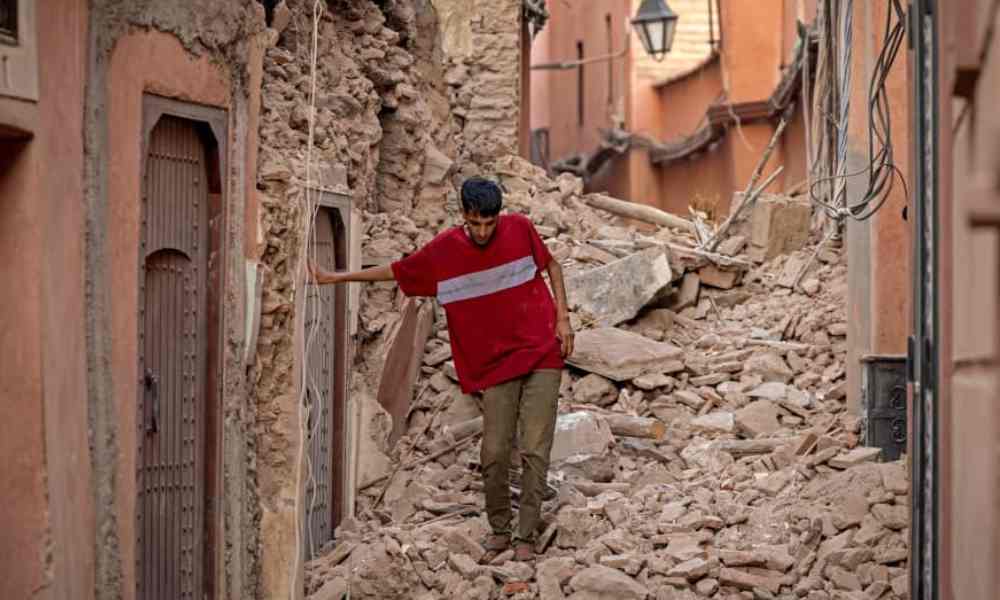
Moroccan earthquake survivors huddled for a night in the open on the High Atlas Mountains on Saturday, a day after the country’s deadliest quake in more than six decades killed more than 2,000 people and laid waste to villages.
| Are you a Tax Lawyer in USA? 👉Transform Your Brand: Click for Metamorphosis👈 |
Neighbours were still searching for survivors buried on the slopes, where houses of mud brick, stone and rough wood were cracked open and mosque minarets toppled by the quake that struck late on Friday. The historic old city of Marrakech also suffered extensive damage.
The Interior Ministry said 2,012 people had been killed and 2,059 injured, including 1,404 in critical condition. The U.S. Geological Survey said the quake had a magnitude of 6.8 with an epicentre some 72 km (45 miles) southwest of Marrakech.
In the village of Amizmiz near the epicentre, rescue workers picked through rubble with their bare hands. Fallen masonry blocked narrow streets. Outside a hospital, around 10 bodies lay covered in blankets as grieving relatives stood nearby.
“When I felt the earth shaking beneath my feet and the house leaning, I rushed to get my kids out. But my neighbours couldn’t,” said Mohamed Azaw. “Unfortunately no one was found alive in that family. The father and son were found dead and they are still looking for the mother and the daughter.”
Rescuers stood atop the pancaked floors of one building in Amizmiz, bits of carpet and furniture protruding from the rubble. A long queue formed outside the only open shop as people sought supplies. Underlining the challenges facing rescuers, fallen boulders blocked a road from Amizmiz to a nearby village.
Nearly all the houses in the area of Asni, some 40 km south of Marrakech, were damaged, and villagers were preparing to spend the night outside. Food was in short supply as roofs had collapsed on kitchens, said villager Mohamed Ouhammo.
Montasir Itri, a resident of Asni, said the search was on for survivors.
“Our neighbours are under the rubble and people are working hard to rescue them using available means in the village,” he said.
The village of Tansghart in the Ansi area, on the side of a valley where the road from Marrakech rises up into the High Atlas, was the worst hit of any Reuters saw. Its once-pretty houses, clinging to a steep hillside, were cracked open by the shaking ground. Those still standing were missing chunks of wall or plaster. Two mosque minarets had fallen.
Abdellatif Ait Bella, a labourer, lay on the ground, barely able to move or speak, his head bandaged from wounds caused by falling debris.
“We have no house to take him to and have had no food since yesterday,” said his wife Saida Bodchich, fearing for the future of their family of six with their sole breadwinner so badly hurt. “We can rely on nobody but God.”
The village is already mourning ten deaths including two teenage girls, an inhabitant said.
Tremors were felt as far away as Huelva and Jaen in southern Spain. The World Health Organization said more than 300,000 people were affected in Marrakech and surrounding areas.